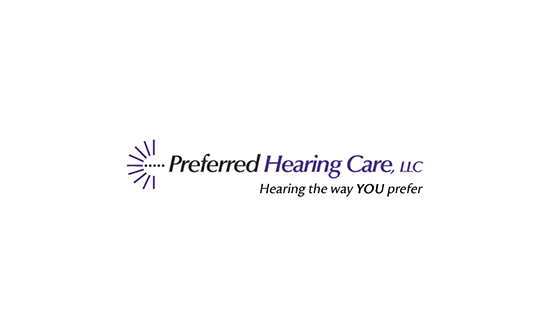Human hearing is designed for two ears. The technical term is binaural listening, and the auditory system is wired for it to allow for the best possible hearing and understanding.
If a professional evaluation by a hearing professional indicates that you have hearing loss in both ears, two hearing aids may be recommended.
It’s a good idea to be fitted with two hearing aids, rather than trying to get by with one. While it may be tempting to try to limit the cost by going with a single hearing aid, the truth is that one hearing aid simply can’t do the job of two.
It makes sense to wear two hearing aids if the results of your hearing evaluation show that you need them.
Two Hearing Aids
- Provide a full listening experience – As we know from listening to music, hearing in “stereo” rather than “mono” improves the quality of sound. Stereo is more natural and distinct, with a fuller and richer sound. The brain is naturally able to hear sound in this way, but it needs the input from both ears to do so. Using one hearing aid when two are needed does not provide the full input the brain requires.
- Give your brain the information it needs – Just as you have two ears, you have two halves of your brain, and they both work together to create what is known as auditory intelligence. Each ear sends a different signal to your brain, and the signals travel a complicated neural pathway. Some signals stay on the same side of the brain, others cross over to the opposite side where they are received differently and have different effects on perception and understanding. This complex system—involving both ears and both sides of the brain—helps increase auditory intelligence and gives you a fuller understanding of everything you hear.
- Help you detect sound direction – Sound signals from both ears give your brain the ability to locate where sounds are coming from. This can be important socially because it lets you quickly identify which person in a group is speaking so you can bring your attention to them. It is also important for reasons of personal safety; for example binaural hearing helps you identify the direction from which traffic is approaching.
- Contribute to better listening – Being able to hear speech from people on both sides of you in a group setting is critical to participating fully in a conversation. If you’re only wearing a hearing aid in one ear, you can’t hear the person on the other side of you as well. Whether you’re in a business or social setting, understanding is increased with two hearing aids.
- Reduce the need for volume – When two hearing aids are worn, you can keep them at a lower volume and still hear adequately. With just one hearing aid, you often need to turn up the volume to an uncomfortably high level in order to compensate. This can cause one of the most frequent complaints of hearing aid wearers, “Everything sounds too loud!” Keeping the volume down also helps protect your hearing from further damage.
- Help you separate voices from noise – Two hearing aids with directional microphones enable you to weed out the background noise in an environment and focus on the person who is speaking. With only one hearing aid, noises blend together and it is difficult to discriminate between the sounds you want to hear and those you don’t.
- Mask tinnitus – If you suffer from tinnitus (ringing in the ears), the use of two hearing aids can help. Hearing aids are frequently recommended for tinnitus relief—but a single hearing aid alone will not mask the ringing sound in the unaided ear.
- Deliver higher satisfaction with hearing aids overall – Studies show that people who wear two hearing aids when needed are more satisfied with their hearing aids than those who choose to wear only one. The quality of sound provided by two hearing aids significantly enhances the listening experience. Most say once they’ve tried two hearing aids, they would never go back to wearing just one.
- Provide more relaxed listening – For all the reasons above, listening with two hearing aids is less tiring. You don’t have to strain to hear in order to make sense of the sounds around you.
The site information is for educational and informational purposes only and does not constitute medical advice. To receive personalized advice or treatment, schedule an appointment.
